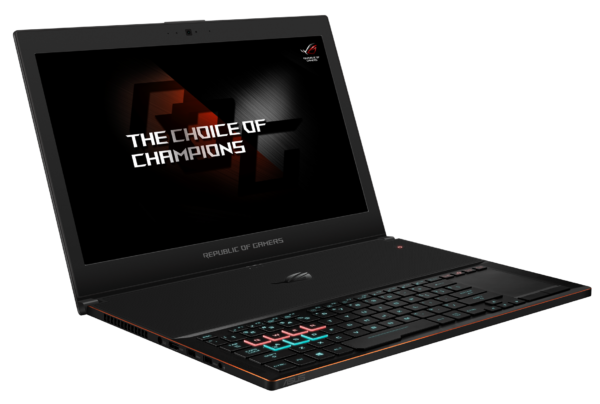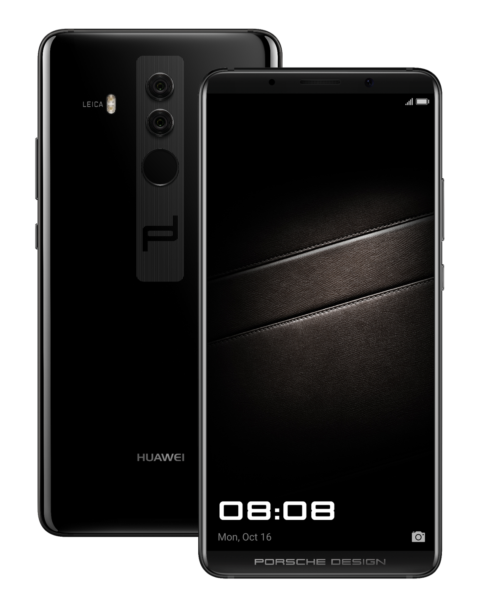
Consumers have reason to be excited – and worried – in the new year, if the technology shifts happening in 2017 are anything to go by.
From smarter artificial intelligence (AI) in phones to boosts in hardware performance to drive virtual reality (VR) experiences, the past 12 months have shown that the promise of such technologies is no longer just a promise.
In 2018, expect even smarter robots to arrive in homes, while face recognition could start becoming more common – and secure – so it can be used for online transactions. At the same time, the scourge of cyber attacks will likely worry many users.
Here are six trends that will grab the headlines in the new year.
1. Robots invade your home
Today’s Amazon Echo and other virtual assistants are evidence that AI and voice recognition have arrived at a stage where they are depended on and trusted by many users for simple tasks.
Why not have that assistant come to you and perhaps even follow you, you know, like a physical assistant? Instead of having you bark out the orders across the room?

That’s what some home robots, such as the Temi Personal Robot, aim to do. Besides handling smart home controls, it can let users make video calls, or even carry a bowl of cookies from room to room. More importantly, its makers say its advanced AI will interact with users more intelligently than an Amazon Echo on wheels.
Speaking of interaction, Sony brought back its Aibo robot dog late last year. Now with an improved OLED screen and smoother movements, it also promises to learn more about its owners and show more adaptable behaviour than before.
For better or worse, connected devices like LG’s smart vacuum now already take videos of your home, enabling you to check on things while away. In 2018, there will be more robots at home.
2. Face recognition for transactions
Though Apple grabbed the headlines in 2017 with its Face ID, face recognition as a technology has long been used by law enforcement and immigration control to identify people.
The difference now is that the technology has become “miniaturised” enough to be fit into a smartphone. Apple’s move has sparked off intense interest and in 2018, we could see developers and online services looking to this form of biometrics to authenticate users.

Banks, for example, may be able to let users approve a transaction by scanning a face on their phones. Similarly, government agencies may enable citizens to connect to certain services by matching a face to an online database.
Though there will always be concerns with fraud, the technology is only going to get better with features such as “liveness”. This means a system is able to detect if a real person is in front of the camera, instead of a photo of a person or if a mask is being worn by a user. Japan’s NEC, for example, has shown off such a technology.
In 2018, face recognition looks likely to be another easy-to-use way to get access to services, much like how fingerprints are used to authorise cashless payments with phones now.
3. A new reality with VR, AR
While Sony’s Playstation VR has been around for a couple of years, as have headsets such as HTC Vive, the next step up has always been a difficult one.
You’d need fast-enough hardware – the Playstation was one of the easiest way, unless you got a beefy gaming PC – and the gear isn’t exactly cheap (the Vive kit costs S$1,188).
In 2018, expect less costly VR and perhaps AR (augmented reality) experiences. In many ways, 2017 had paved the way for the coming 12 months by offering a glimpse of what’s possible.
Lenovo’s Star Wars Jedi Challenges, for example, brought an immersive experience, complete with the chance to wield a virtual lightsaber, for just US$199. You’d have to slot in your smartphone, but that’s something you probably already own.
More than a great Christmas gift in 2017, Lenovo’s affordable kit allowed people to experience VR for the first time, even if they were not hardcore gamers. Such gadgets could be the lift that the technology needs in 2018 to take off in a much bigger way.
4. Gaming sparks PC revival
Related to what’s happening with VR and AR at home is the mini PC revival that’s been driven by the demand for more powerful gaming machines. Not for the first time, the PC had been written off (we were worried too), but they seem to be returning to good health after several years of shipment declines.
A small but growing gaming segment has lifted the gloom a little for the industry. There’s a return to the performance-driven improvements now, after years of trying to make smaller, prettier and less power-hungry ultrabooks to ward off the threat of tablets.

Intel brought out an 18-core Core i9 processor in May, after facing a resurgent rival in AMD for the first time in years. Even gaming notebooks, once all bling and ugly, are looking to slimmer and better-looking designs for the first time (read our Asus ROG Zephyrus review).
Perhaps more importantly, there is real reason to get all that performance. High-resolution displays like 4K TVs and monitors, as well as the growth in VR, are pushing the fastest hardware today to perform even faster.
When it comes to that, PCs have always done the job. In 2018, many gamers will look to faster processors, graphics cards and PCs to boost their gaming experience. And PCs might appear cool again.
5. Flagship phones take on snob appeal
The signs were there in 2017, with Apple and Samsung relying on their appeal to raise prices for their flagship models to levels never seen before. Apple’s iPhone X now starts from a hefty S$1,648, while Samsung’s Galaxy Note 8 was launched in September 2017 at S$1,398.
Those prices easily break the S$1,000 barrier that users have become accustomed to, even for the flashiest flagship phones. More importantly, these phones cost as much as decently-outfitted laptops.
The question in 2018 is whether other manufacturers will follow the lead. Samsung and Apple have led the market for so many years that they are confident but will others do the same?

Huawei, the number two phone maker after leapfrogging Apple late last year, rolled out a Porsche edition of its Mate 10 that cost S$2,298, though that was likely meant for a small group of users (Porsche owners?). Its main Mate 10 and Mate 10 Pro were competitively priced.
There’s no denying, however, that the best flagship phones now sell on snob appeal, not just having the latest bells and whistles. Apple showed off a larger screen and face ID, while Samsung had an updated design but were those features so groundbreaking to deserve the unprecedented price hikes?
In 2018, many users will likely look for alternatives. Not everyone needs an increasingly out-of-reach flagship model, so these high-end versions would likely sell more on their snob appeal, rather like luxury goods.
For those who can’t afford, there are a lot of alternatives today. Mid-tier models have become strong competitors with sleek design and most of the useful features needed on a phone. A look at the Huawei Nova 2i or Xiaomi Mi A1 would convince you so.
In 2018, it’s fair to expect flagship phones to be more expensive, not less. Technology features may see less of a breakthrough than ones involving design, such as having a fingerprint sensor on glass.
6. Losing data when you have too much
None of these tech gadgets matter, of course, if they are not fed the data to make them work. In a hyper-connected society, the ironic problem for many users is that they now have so much data they can’t find the information they need. Or worse, have that data stolen because they have forgotten about it.
It may be embarrassing to find old photos lurking on some Google Drive online, or perhaps a Facebook post shared during a drunken stupor years ago. Yet, what’s more worrying are the growing scale and impact of data breaches at online service providers.
Singapore faced its worst such breach late last year, when Uber admitted that 380,000 users here had their names, e-mail addresses and phone numbers exposed. This came after several high-profile break-ins at universities and government agencies in the country in 2017.
Like other countries, Singapore is toughening up its laws to act against the cyber threat. Critical infrastructure providers, such as telecom operators, train companies and banks, could be forced to disclose a data breach in future, if new regulations are created.
Would that make users feel better about transacting online? It’s hard to say. What’s clear is that there’s little choice if they want to apply for a permit from the government or simply transact with their bank.
In 2018, with cyber attacks expected to be more prevalent, users have to be prepared for the bad news of data theft. That’s the most certain of any prediction.





